No Tail Lights When Headlights Are On – What to Do?
Since tail lights and headlights share a switch box, they always work in conjunction.
With no exception, when one is turned on, the other will automatically light up.
If suddenly you are seeing no tail lights, when headlights are on, it’s bad news. So now you need to know what has gone wrong before you take yourself out on a drive.
The problem can be any of the following:
- Blown-out fuse board
- Light bulb has gone bad
- Bad ground connection in the electrical panel
- Problematic light control module

Reasons Why Tail Lights Are Gone When Headlights Are On
Tail lights illuminate your car from the back and help other vehicles spot your car in the dark.
Driving a car around with a faulty tail is not permitted by law, and you will get pulled over by cops on the street.
So, if you see that tail lights are not working when the headlines are on, start inspecting by yourself using the following pointers as a guide.
Blown out Fuse
A blown-out fuse is the most likely reason for your taillights not turning on when your headlights are perfectly fine.
We know that taillights and headlights are connected by the same switch, but their circuitry is kept separate to make sure that all the edge lights of the car do not go off at the same time.
A fuse blows when its circuits are overloading with current or when there is some damaged wiring. Check out for this if your tail lights are not in order.
Faulty Bulbs
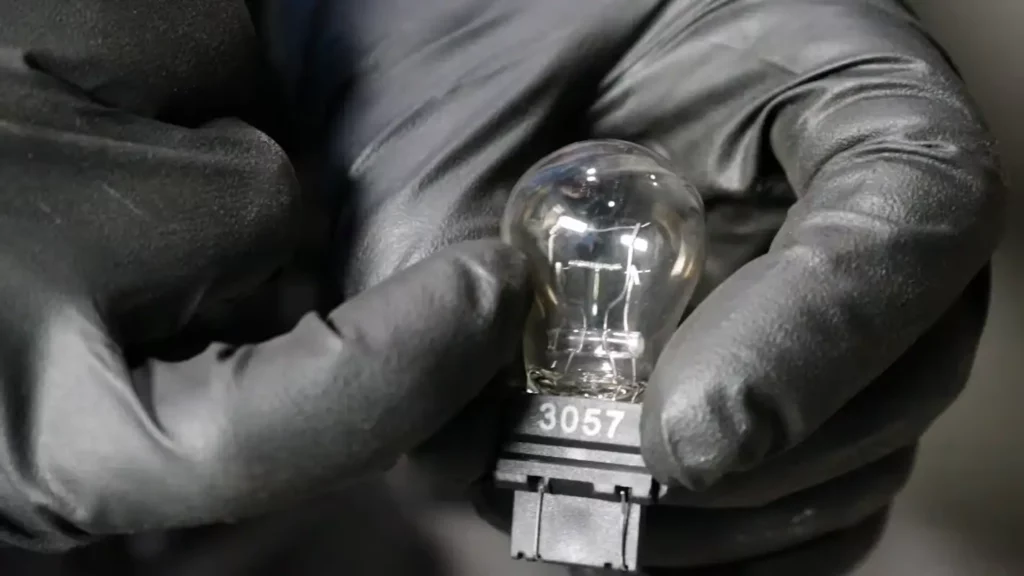
Sometimes the issue that causes a tail light to fail is just plain and simple; faulty bulbs. Your tail lights have a lifespan of only a few years depending on what they are made of.
For instance, if the tail light bulbs are incandescent, they will last for up to 5 – 6 years easily. Incandescent bulbs were actually more commonly used in older cars.
So, if you have a modern vehicle, your tail light bulbs are probably LED with a lifespan of more than 12 years.
Bad Ground Connections in Electrical Panel
Bad ground connections are caused by damaged or corroded wires or a build-up of debris inside the electrical panel.
The tail lights rely on proper ground connections to function. Most modern cars have LED lights that convert electrical energy to light energy using low-power DC voltages.
Without a ground connection, the tail light will easily be busted if there is an over surge of electricity in the lines.
So if your tail lights are not working and you are not able to find the exact source of the problem, then checking the earthing or ground connections might give you an answer.
Problematic Light Control Module (LCM)
Malfunctioning or unresponsive tail lights are actually one of the telltale signs that something might be off with the light control module.
A light control module is a central light automation system that is basically a source for managing all lighting fixtures from a single source.
The LCM is also responsible for relaying information between lighting systems to engage them in operation.
And the tail light is automated to work in conjunction with headlights. So, it is possible that information was not passed between the two through the system of the LCM.
On top of this, LCM also helps to conserve power in the car’s lighting system. Without a well-functioning LCM, your car might go through more power surges and the resultant damage may be a blown fuse. That consequently will cause tail lights to become unresponsive.
Related Post: Tail Lights Stay On When Car Is Off – Common Causes & Solutions
How to Fix Tail Lights
Based on your inspection of the problem, here are some solutions you can explore. Keep your car’s manual beside you when you start to get hands-on.
Check the Fuse
Before you do anything else, turn off the car’s ignition, disconnect the battery, and then consult the manual to locate the fuse box.
Generally, the fuse box is located under the dashboard in old cars, and in new cars, it can be found either under the dash or under the hood.
Replacing burnt-out fuses is a pretty easy task and can be done at home with a bit of caution. The tail lights use a fuse of 15 amp.
To pull the fuse out and replace it you need to use a fuse puller. A fuse puller can be found in the fuse box under the hood. Clamp the puller around the 15 amp fuse, squeeze the arms of the puller, and take it out.
Bring out the new 15 amp fuse and put it in its place in the fuse box, and push it firmly into place with your fingers. That’s it, the new fuse is in place.
Now turn on the car battery, and switch on the ignition to check if the tail lights and headlights are both lighting up as they should.
Change the Tail Light Bulbs
If the tail light bulb has a burnt filament then it’s time to simply change it out. This is pretty much a simplistic process but you need your car’s manual to understand the specific connection to the parts in your car.
Generally, you need to access the tail light bulbs from the car’s trunk.
Now pull back the fabric liner that is covering the tail light just enough to expose the bulb. Twist the bulb cover to unlock the bulb from the socket, remove the old bulb, install the new one, reassemble, and test.
Remember to practice proper precautions when you change the bulbs. Make sure that you turn off the car’s battery before you start working to prevent any risks of getting electrocuted.
Check Ground Connections
As we discussed, ground/earthing wire should not be corroded, damaged, snipped, or loosely fitted. You need to repair any such connections as this is very crucial to stop the electrical circuit from overcurrent.
To get an accurate assessment, contact a mechanic with ASE certification.
Checking the ground connections requires equipment like the multimeter and test probes along with some specific knowledge on how to measure voltage.
Check out the Light Control Module (LCM)
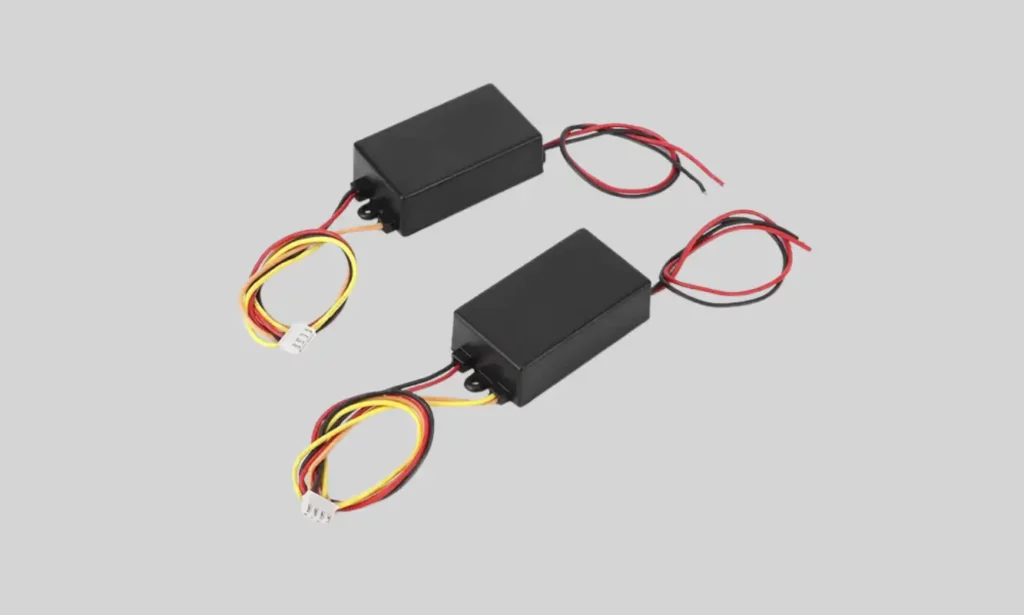
The light control module is usually located under the steering wheel, and somewhere around the gas pedal.
Calibrating the LCM requires some programming and special equipment. This is not something you can DIY at home.
Try out the other fixes at first and then come to the LCM as this is a very technical and critical fix.
After trying the other solutions, if the tail lights are still being isolated when the headlights are perfectly fine, you should take the car to a professional.
If there is a problem with the LCM, it has to be determined after evaluating the input and output signals from the LCM. This is something that should be done by a licensed professional.
Related Post: What Do Blue Dots In Tail Lights Mean?
Frequently Asked Questions [FAQs]
Which bulbs are better as tail lights?
LED light bulbs are better because they are more energy efficient and last longer.
What kind of mechanic should I trust with my car services?
You can just contact someone who has ASE certification, which is a standard credential for professionals.
What is the punishment for driving around with only a broken tail light when my headlights are working fine?
A tail light issue will get you pulled over by a cop. Also, you’ll get a notice to fix the tail lights. If you fail to do so after being warned, you will get a ticket.
Conclusion
Having no tails when headlights are on will get you into trouble while driving as other cars will not be able to spot you from a distance.
This is dangerous and extremely risky especially when you are driving at night.
Prevent such issues by keeping an eye on the tail lights and the headlights. Also, make sure to get the problem fixed without delay.
Related Post: Why Does My Tail Light Fuse Keeps Blowing? [With Fixes!]

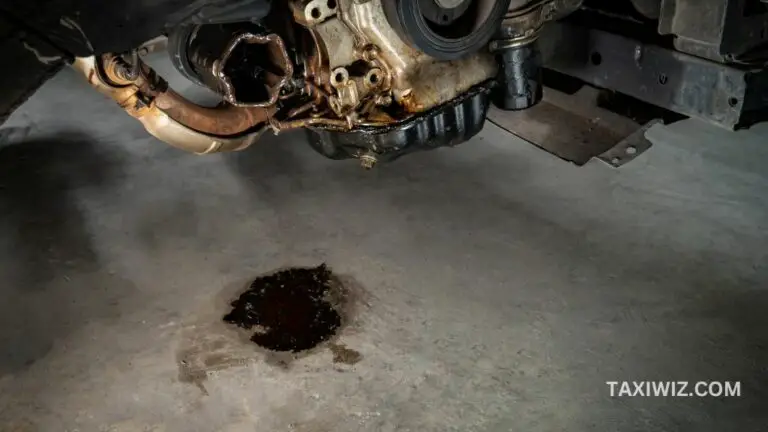
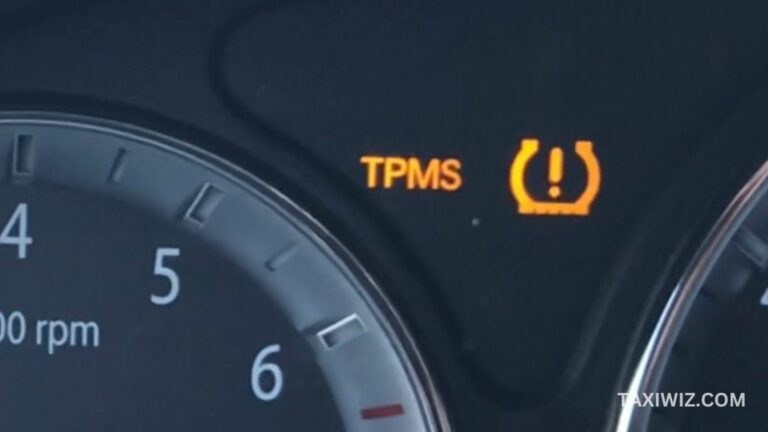
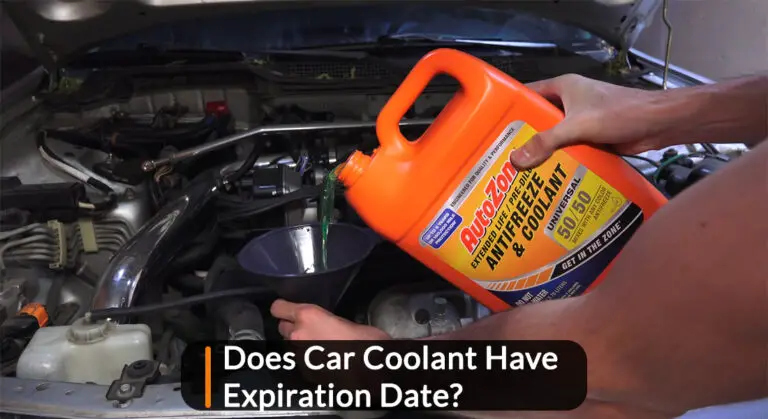
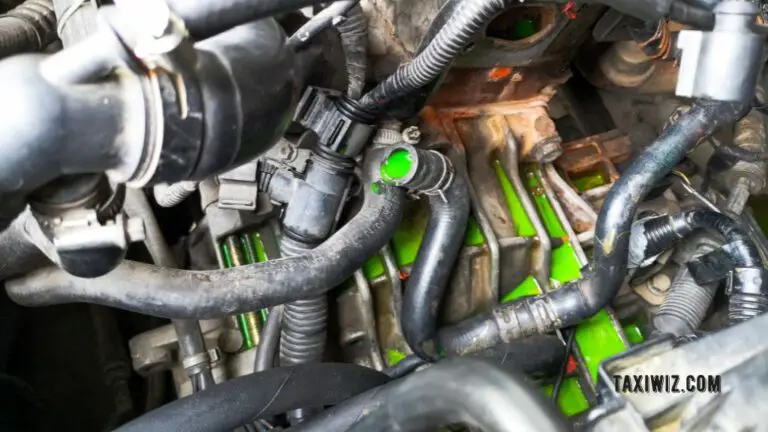
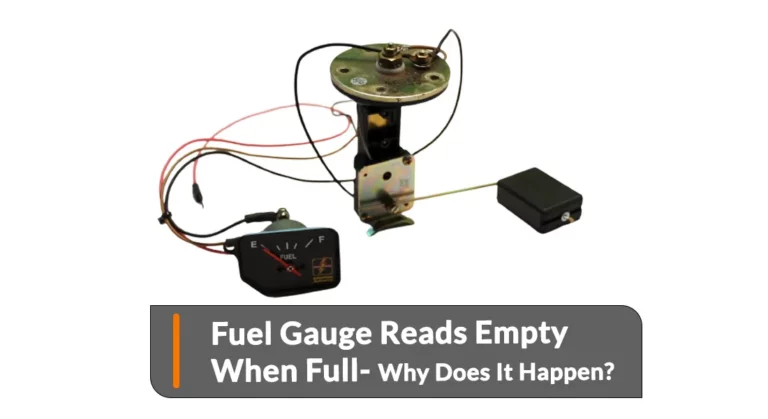
![Serpentine Belt Noise When Accelerating – [Try This Easy Fix!]](https://taxiwiz.com/wp-content/uploads/2023/08/Serpentine-Belt-Noise-When-Accelerating-problems-768x426.jpg)